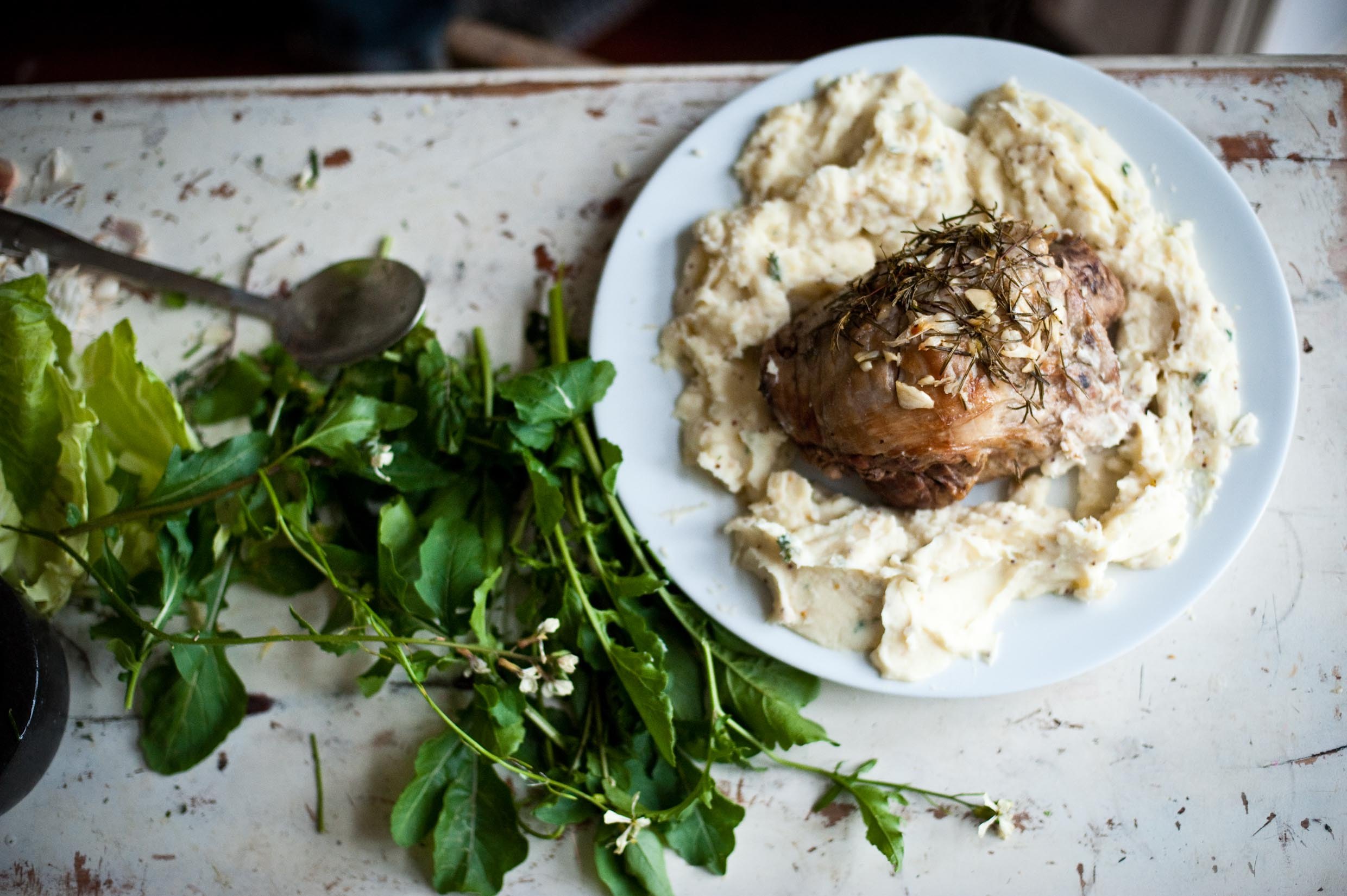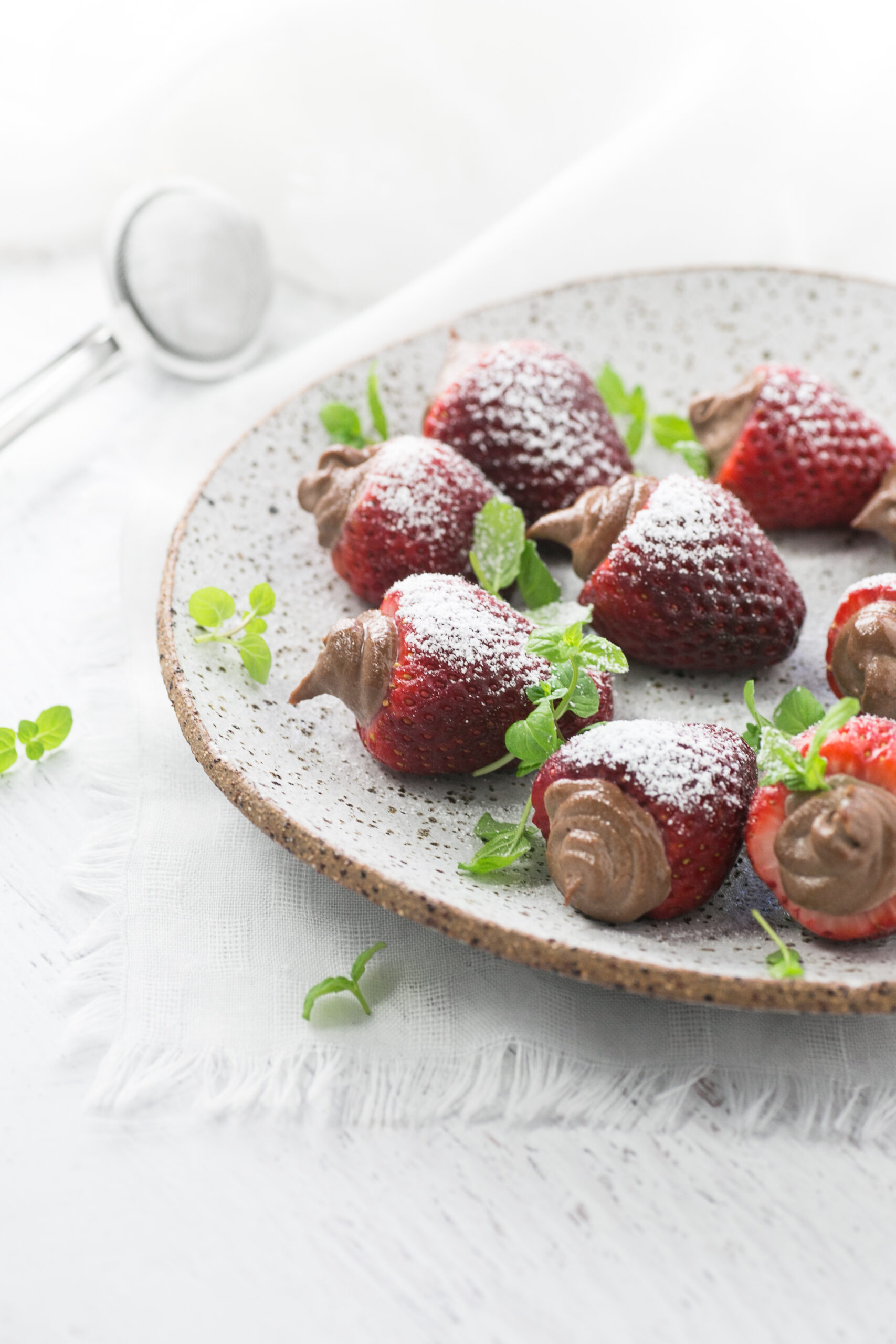Lamb shoulder can be bought on or off the bone or as a whole shoulder. The shoulder joint has plenty of collagen and intramuscular fat, making it almost impossible to overcook – all of which makes it an ideal choice for relaxed winter entertaining.
Lamb shoulder can be bought on or off the bone or as a whole shoulder. It’s typically a tastier, more succulent cut of meat than a lamb leg and can be great value for money.
Lamb shoulder can also be a little fatty for some tastes. A simple solution is to cook the joint first in water. This allows you to separate the fat from the meaty liquid, and reuse it in a tasty gravy.
We used a boned lamb shoulder from Marama Organics.
1 boneless organic lamb shoulder
4-5 sprigs of rosemary
5 cloves of garlic, peeled and crushed
Flaky salt and freshly ground pepper
3 tbsp olive oil
Preheat oven to 180°C.
Your lamb shoulder should arrive rolled and tied, with a layer of fat on top. Put it in a roasting dish fat side up, together with several cups of water.
Cover and roast in the oven for approximately an hour.
Pour the liquid into a stainless steel bowl and set aside to cool.
Using a mortar and pestle, mix together rosemary, garlic, salt and pepper. Add olive oil and blend to a chunky paste.
Open the lamb roll, trimming string as necessary. Spread half the paste inside. Close it up and, using a sharp knife, score large triangles into the fat. Spread the rest of the paste on top. Cover again and cook for about 1.5-2 hours at 190°C.
Once your cooking water has cooled, scoop off fat and set aside for another day (to make pastry or a winter bird feeder, for instance). Put the remaining liquid in a small pan and simmer over a low heat until reduced. Pour over meat immediately before the meal or transfer into a small jug and serve as a simple jus.
Remove joint from oven, and arrange on a pre-warmed serving platter. Cover with a teatowel to keep it warm, and allow to rest for 5 minutes. The meat will be soft enough to shred with tongs and a fork, rather than carving.







